Many businesses have experienced the benefits of entering into an invoice finance arrangement, such as invoice discounting or factoring. The basic idea of invoice finance is that every time you issue an invoice to a business customer, the finance provider advances you a significant portion of the invoice’s value, say between 70% and 95%. Then, when your customer settles the invoice, the remaining amount is paid to you, less a small percentage, which the provider retains as their fee.
Advantages:
- It can greatly boost cash flow planning. Without invoice finance, you don’t know when you will receive the cash, as some customers might pay up very quickly, while others take much longer to settle their invoices
- With the improved cash flow, you might be able to settle your own bills faster or to offer preferential terms to your own suppliers
- You can choose a form of invoice finance known as factoring, where the provider will also chase up unpaid invoices on your behalf
- You can also opt for invoice finance with a ‘non-recourse option’, where the provider will accept responsibility for settling any invoices which remain unpaid
- Invoice finance can be a speedy process – the initial application might be completed in just one or two weeks, while you can expect to receive funds from the provider within 24 hours of issuing an invoice
- It might be available to many firms who have been declined for a traditional business loan. Start-up businesses and smaller businesses might both be eligible for invoice finance
- If you choose invoice discounting, as opposed to factoring, your customers shouldn’t be able to find out that you have entered into an invoice finance arrangement
- You don’t need to provide additional security – essentially the provider lends against each unpaid invoice
- The amount of funding you can access grows in line with your business – the more invoices you issue, the more the provider lends to you
Disadvantages:
- If you choose factoring, then your customers will inevitably find out that you have entered into an invoice finance arrangement, which might harm your relationship with them
- If you have customers who generally pay on time, taking out invoice finance might not achieve very much
- Your profits will be affected for as long as the invoice finance agreement remains in place, as the provider will take a proportion of every invoice value as its fee. This fee might be anything between 1.5% and 5% of the invoice amount.
- Invoice finance is only available on invoices issued to other businesses. You can’t use it for invoices to regular retail customers, meaning that this arrangement might not be suitable for retailers and certain other businesses
- Once you’ve used invoice finance, it can be very difficult to adjust to conducting business without it, as suddenly you will have returned to a situation where payment terms for your invoices are uncertain
- While invoice finance might be available to start-ups and smaller businesses, you might have to pay higher fees than larger, well-established businesses
- It can cost more in the long run than some other forms of borrowing
- Taking out invoice finance may affect your chances of being accepted for other forms of credit, or might lead to you having to pay higher interest rates when you take out other loans
The different types of invoice finance include:
- Invoice discounting – where your customers won’t be told that you have an invoice finance arrangement in place, and you retain responsibility for chasing up payment of each invoice
- Invoice factoring – the factor (lender) purchases the invoices from your ledger and assumes responsibility for chasing up payment on these invoices. Your customers will therefore be aware that you have an invoice finance facility in place. In essence, the finance provider will take over your credit control function. However, many businesses welcome the hassle of no longer having to continually chase payment on invoices
- Selective invoice finance – with most facilities, the lender will expect the arrangement to cover every invoice you issue. However, selective invoice finance allows you to choose which invoices are included in your financing facility
If any one of these types of financing isn’t to your liking, you might find one of the others to be more appropriate.
If you want to find out more about invoice finance, talk to us here at Funding Bay. We are experts in all areas of business finance and have access to many different providers of invoice finance.
Get in touch with us at Funding Bay for your invoice financing needs.
Check out our invoice finance calculator here.



